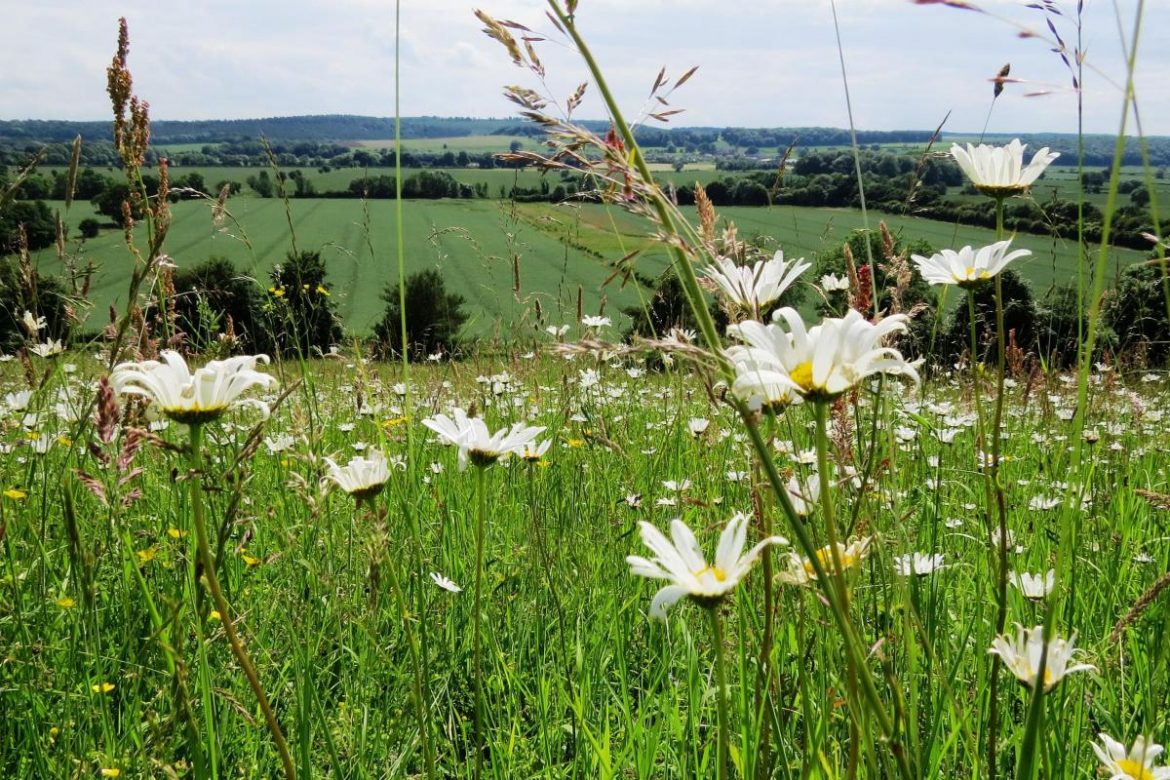Farmers in the UK will now be paid to plant wildflowers and winter bird food on their farms beginning this year as part of sustainable agriculture plans unveiled by the Government.
The subsidies which are part of the Sustainable Farming Incentive (SFI) and are coming a year earlier than scheduled, give farmers bonuses for implementing environmentally friendly agricultural practices.
With £1 billion of the £2.4 billion annual agriculture budget now available for nature-friendly farming, the system replaces a European Union regime under which the size of farming subsidies depended on the amount of land farmed.
According to Therese Coffey, the UK Environment Secretary, the new payments would “protect the planet” and produce food in a less environmentally damaging way.
“Farmers are at the heart of our economy – producing the food on our tables as well as being the custodians of the land it comes from.
Read also: Civil society groups call for the removal of Al Jaber, polluters from UN climate talks
These two roles go hand-in-hand and we are speeding up the rollout of our farming schemes so that everyone can be financially supported as they protect the planet while producing food more sustainably,” she said.
Newly released details of six new standards added to the SFI show that public funding will be given to farms that plant new hedgerows, manage pests without using insecticides and monitor nutrient run-off levels.
Three more standards that had been planned for 2024 will be introduced a year early, to subsidise the rewilding of grassland and the introduction of bird food, wildflowers and buffer strips of uncultivated land on arable and horticultural land.
Farmers can choose which schemes they participate in and are not obliged to take part. A total of 30 new grants will also be added to the Countryside Stewardship scheme, which rewards sustainable farming practices and will be renamed Countryside Stewardship Plus.
The new grants include subsidies for managing floodplain meadows, eradicating the use of insecticides, restoring peatland, maintaining drystone walls and preserving cliff habitats.
Story was adapted from Independent.
